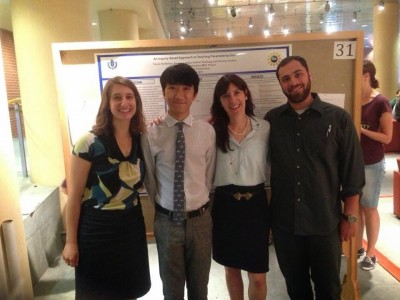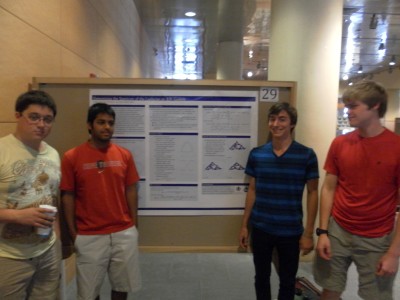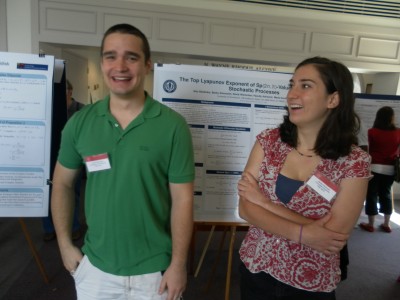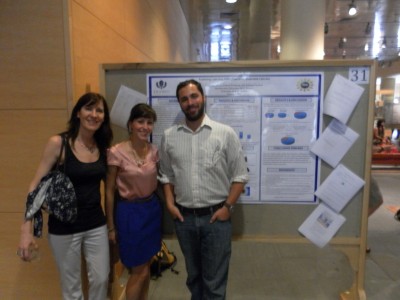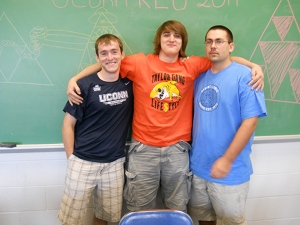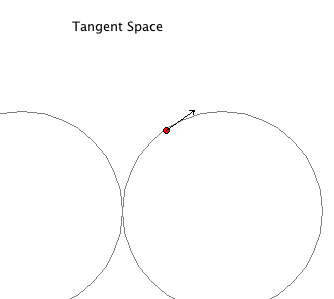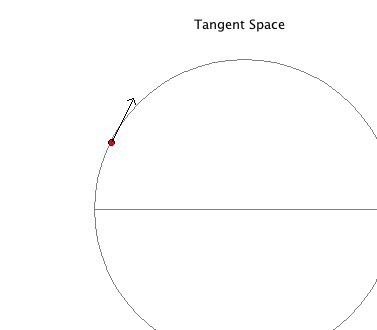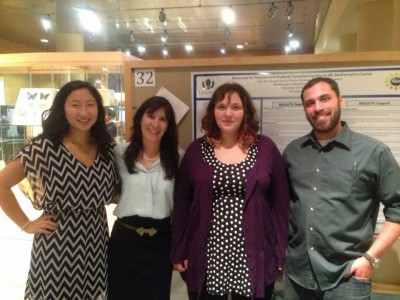
Group Members
Lily An and Tori Lewis
Supervisors
Gabriel Feinberg and Fabiana Cardetti
Overview
This group conducted a research study to create resources to support both instructors and students transition into an Inquiry-based learning (IBL) course. The IBL approach has been shown to deepen student conceptual learning and increase student engagement and motivation in a subject without taking away from procedural understanding. The experiences in an IBL class are significantly different from traditional courses; however, there are few research-based resources to aid instructors and college students adapt to this approach. For this project, the creation of such resources was guided by extensive review of the literature as well as informed by experienced instructors teaching undergraduate mathematics courses and students who had positive and negative experiences in IBL courses. These methods along with the group’s experiences and expertise as instructors and undergraduate students of mathematics helped determine specific aspects that would be most challenging for an instructor, as well as the difficulties students would face, in the transition to an IBL course. The results of this study include a teacher’s and a student’s guide that address those difficulties, provide guidance for each audience, and contribute suggestions to achieve the desired learning outcomes of an IBL course. Lily An presented results at the Women in Mathematics in New England Conference (WIMIN13) on September 21 at Smith College.
Presentation
Resources for Teachers and Students Transitioning Into an IBL Mathematics Course
